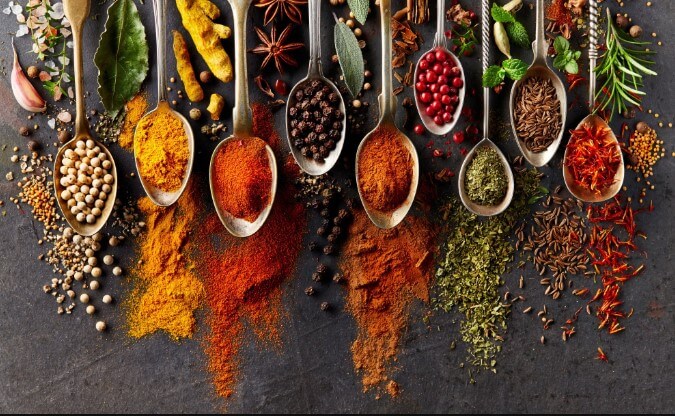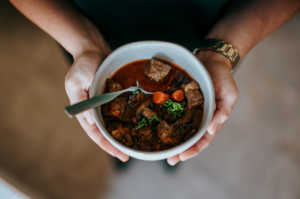
Spicy Seasonings
Are you a spice lover? If so, you can add some heat to various delicious dishes. But if this is your first time bringing spicy spicing into your cooking, it can be a bit overwhelming.
What types of spicy seasonings are out there? How can you experiment and discover the ones that you like the most? And what other ways can you add heat besides using hot sauce?
Keep reading to learn all about the types of seasoning offered so that you can expand your horizons and embrace a little bit of heat!
1. Caraway
It comes from the seeds of the caraway herb, and it has a sharp, savory flavor often used to give dishes a hint of peppery heat. It can be used to add flavor to soups, stews, vegetables, and poultry or as an addition to salads.
The caraway can add depth and complexity to dishes when combined with other seasonings, such as garlic and onion. It pairs well with sauerkraut, cabbage, lentils, potatoes, and meats like beef and pork.
Caraway is also traditionally used in Eastern European and Nordic dishes, including rye bread and sausages. It’s an essential ingredient in popular Indian and Middle Eastern curries.
2. Chiles
Chiles come in all varieties, from the mild bell pepper to the fiery habanero. To add hot and spicy flavor when cooking, ground chilies are an easy and convenient way to add heat to your meals. Paprika is a milder chile-based spice, while cayenne pepper is hot enough to make your eyes water.
Ground cumin and chili powder are flavorful, aromatic spices that are key flavoring ingredients in many Southwestern dishes. Chili flakes, or crushed red pepper, are an excellent way to add a zesty flavor to Italian foods, such as pizza.
3. Cinnamon
It has a sweet and spicy flavor that can be used in various recipes. It adds an extra dimension of depth and complex flavor to all kinds of meals, from breakfast to dinner.
It can also be used to marinate meats, like chicken or lamb, and to flavor sauces. This seasoning has a subtle but energetic flavor that can be used to enhance both sweet and savory dishes.
4. Cloves
They can be used in small amounts to add sweetness and warmth to roasted potatoes or to flavor gravies and stews. Cloves can also be used in larger quantities, such as in a traditional tagine or curry dish, where they infuse intense flavor into every bite.
Clove works well when paired with other spices, such as cinnamon, nutmeg, allspice, or black pepper, as this combination creates a harmonious balance of flavors.
5. Dried Herbs
Commonly used spicy seasonings include basil, oregano, and cayenne pepper. Basil is a fragrant herb that enhances the flavor of sauces and pasta. Oregano can easily add an Italian flair to pizza and spaghetti.
Cayenne pepper is made from chili pepper and adds a pop of heat to savory dishes. Cayenne is often found in Southwestern dishes and curry. If you consider spicy cuisine at home, you must first look at the pros and cons of spicy food to determine if it’s right for you or your family members.
Choose the Best Spicy Seasonings for Your Needs
Spicy seasonings add incredible flavor to your dishes and increase the enjoyment factor of your meals. Try new kinds of herbs for a wider variety of flavors and explosiveness. You can have fun spicing up your mealtime with so many different seasonings.
To learn more helpful tips, be sure to follow our site.








